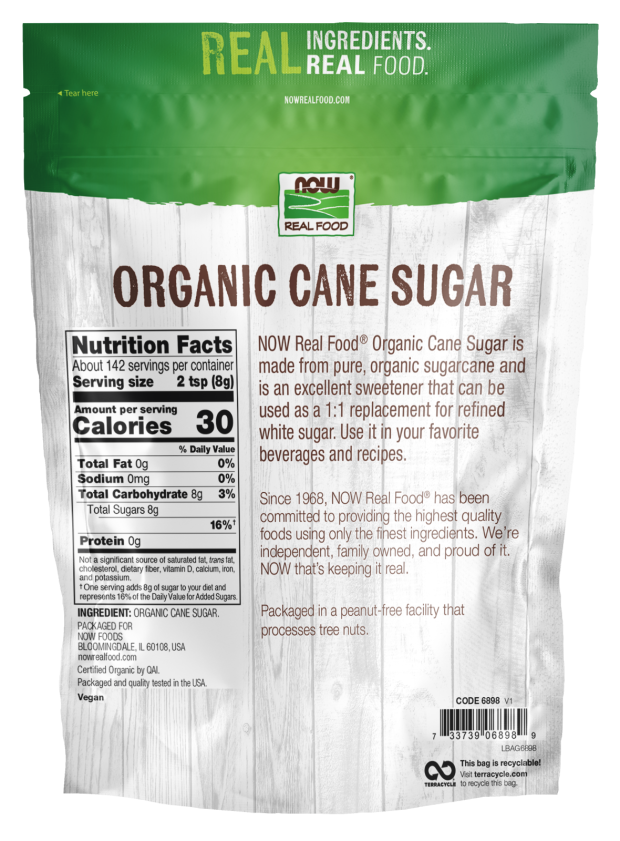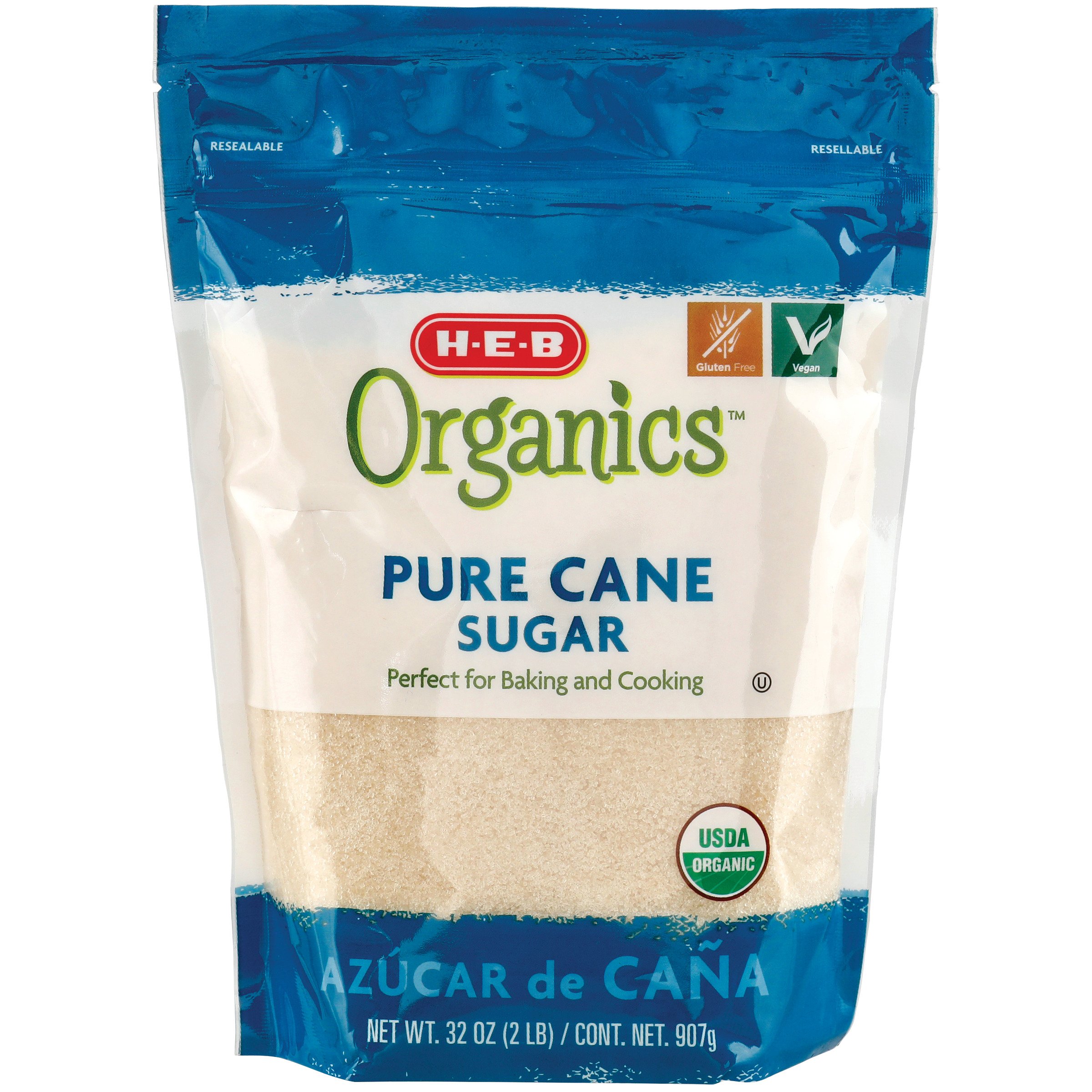Cane Sugar Processing: From Area to Table-- A Step-by-Step Guide
Cane Sugar Processing: From Area to Table-- A Step-by-Step Guide
Blog Article
An Extensive Overview to the Environmental Influence and Sustainability Practices in Cane Sugar Handling
The environmental effect of cane sugar processing offers a complicated selection of difficulties that warrant mindful assessment. From dirt degradation and extreme water usage to the carbon footprint connected with cultivation and production, the effects of conventional methods are far-ranging. On the other hand, the fostering of cutting-edge sustainability steps supplies a pathway towards extra accountable manufacturing methods. Comprehending the interaction between these concerns is essential for stakeholders in the sector. What particular practices can be applied to strike an equilibrium in between efficiency and ecological stewardship? The solutions depend on a closer consider both the obstacles and prospective options.
Review of Walking Cane Sugar Handling
Walking stick sugar processing involves a collection of organized actions that change sugarcane into polished sugar. Originally, collected sugarcane is transferred to processing facilities, where it undertakes cleansing to eliminate soil and particles. Following this, the walking cane is crushed to extract juice, which is then made clear by getting rid of contaminations through home heating and the enhancement of lime.
The clarified juice undertakes evaporation, where water is eliminated to focus the sugar material. These crystals are divided from the staying syrup making use of centrifugation, resulting in raw sugar.
The final item is then dried out and packaged for distribution. Throughout this entire procedure, preserving efficiency and high quality control is vital to guarantee the sugar fulfills market requirements. Each action in walking stick sugar processing not only adds to the end product but additionally has implications for source usage and waste generation, setting the phase for conversations on sustainability and ecological impacts connected with sugar production.
Ecological Challenges of Manufacturing
The production of cane sugar provides several considerable ecological obstacles that warrant interest. One main problem is the substantial use of agrochemicals, including fertilizers and pesticides, which can cause dirt degradation, biodiversity loss, and contamination of neighborhood water sources. The runoff from sugarcane areas often carries these chemicals right into neighboring environments, disrupting aquatic life and affecting the health and wellness of areas reliant on these water bodies.
One more difficulty is the high power consumption connected with sugarcane processing. The boiling and refining stages call for substantial heat, primarily generated by melting fossil fuels, adding to greenhouse gas emissions. In addition, the large land location required for sugarcane farming can bring about deforestation and habitat devastation, additional worsening climate adjustment and harmful wildlife.
Furthermore, the labor techniques in some areas raise moral worries, as workers might deal with poor working conditions and poor incomes. This scenario often bolsters a cycle of destitution in local communities. Cane Sugar Processing. Dealing with these environmental challenges is crucial for creating a lot more sustainable methods in walking cane sugar manufacturing, inevitably benefiting both the atmosphere and the communities involved in this sector
Water and Land Usage Effect
Water resources and land utilization are critical components in the walking cane sugar industry that dramatically impact the atmosphere. The farming of sugarcane needs significant water input, with estimates recommending that it can eat as much as 2,000 litres of water per kilogram of sugar created. This extensive use water commonly results in exhaustion of neighborhood water resources, impacting not just the sugarcane plantations however additionally bordering communities and areas that count on the very same water sources for agriculture and residential usage.

In addition, land use for sugarcane farming can result in logging and the conversion of natural environments into monoculture vineyards. This technique reduces biodiversity, interferes with neighborhood communities, and adds to soil deterioration. The development of sugarcane fields commonly intrudes on beneficial farming land, creating competition for sources in between food and biofuel manufacturing.
Sustainable methods, such as optimizing irrigation methods and implementing crop turning, are necessary to alleviate these effects. By taking on much more effective water use and land monitoring strategies, the walking cane sugar sector can decrease its eco-friendly footprint, guaranteeing an equilibrium in between farming performance and ecological preservation.
Greenhouse Gas Emissions
Greenhouse gas discharges represent a considerable environmental problem within the walking stick sugar processing market, specifically as agricultural techniques increase to fulfill worldwide demand. The farming of sugarcane, a plant that flourishes in exotic environments, relies heavily on artificial plant foods and pesticides, which add to nitrous oxide exhausts. Furthermore, land-use adjustments, including logging for new sugarcane plantations, launch link carbon dioxide kept in greenery and dirt.
Throughout handling, energy usage is an additional major resource of greenhouse gas exhausts - Cane Sugar Processing. Numerous sugar mills use nonrenewable fuel sources to power machinery and generate warmth, resulting in significant carbon impacts. Additionally, the transport of raw sugarcane and finished products includes layers of emissions with gas burning in cars
This includes examining present agricultural methods, processing methods, and transportation systems to determine areas for renovation and reduction. Attending to greenhouse gas discharges is essential for fostering an extra sustainable cane sugar industry in an altering climate.

Sustainable Practices and Innovations
Lasting methods and developments are significantly crucial in the walking stick sugar handling sector as stakeholders seek to minimize ecological effects while keeping efficiency. One substantial improvement is the implementation of incorporated plant management, which maximizes resource use by incorporating soil administration, insect control, and plant rotation methods. This approach improves yield while reducing chemical inputs and preserving soil wellness.
Furthermore, the fostering of renewable resource sources, such as biomass from sugarcane residues, has actually acquired grip - Cane Sugar Processing. By converting waste products right into power, processing facilities can minimize their dependence on nonrenewable fuel sources, consequently decreasing greenhouse gas discharges
Water monitoring techniques have actually also seen improvements through the recycling and reusing of water in handling plants, considerably lowering freshwater usage. Advancements in technology, such as precision farming, make it possible for farmers to keep track of crop wellness and source use more successfully, making sure sustainable cultivation practices.
In addition, certification programs like Fair Profession and Rainforest Alliance motivate ecologically accountable farming methods and promote social equity within the supply chain. By embracing these sustainable techniques and technologies, the walking stick sugar processing industry can boost its strength and contribute positively to ecological stewardship.
Final Thought
The environmental influence of walking stick sugar processing offers considerable challenges, consisting of soil destruction, high water usage, and greenhouse gas emissions, alongside moral issues related to labor techniques. Dealing with these concerns with sustainable techniques, such as integrated plant administration, sustainable power adoption, and water recycling, is important. By advertising socially fair and environmentally liable methods in sugar manufacturing, the industry can minimize its unfavorable results, making sure an extra sustainable future for both areas and communities associated with this industry.
Walking cane sugar handling involves a series of organized steps that transform sugarcane right into polished sugar. Each action in cane sugar processing not just adds to the final product however additionally has implications for resource use and waste generation, establishing the phase for conversations on sustainability and environmental effects linked with sugar manufacturing.
Greenhouse gas emissions stand for a substantial ecological concern within the walking stick sugar handling sector, particularly as agricultural methods increase to meet global demand.Sustainable techniques and innovations are progressively vital in the cane sugar processing sector as stakeholders look for to lower ecological impacts while preserving efficiency.The environmental effect of walking cane sugar handling presents significant challenges, including soil destruction, high important site water intake, and greenhouse gas Discover More emissions, alongside ethical issues associated to labor methods.
Report this page